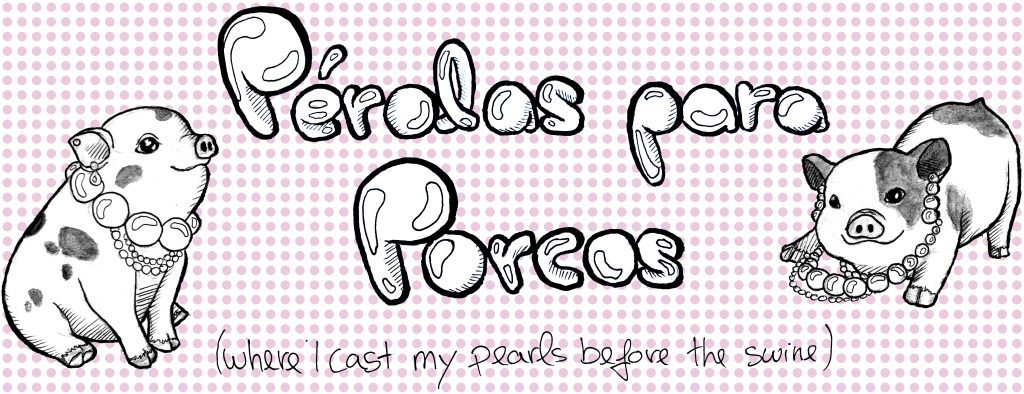“Étreintes” is a pin-screen animation directed by Justine Vuylsteker, and it was by reading about the production of her film that I started understanding how an independent animation director is able to produce their own films. Pin-screen animation is a somewhat rare animation technique, due to the existence of only two functional screens around the world, and it was developed by the couple Alexandre Alexeieff and Claire Parker in the 1930’s. The invention of the first pin-screen, however, was thanks to the help of Alexeieff’s first wife Alexandra Alexandrovna Grinevskya, and it’s this triangle love story behind the origins of this technique, that inspired the Vuylsteker to create her film.

In 2015, the CNC (Centre national du cinéma et de l’image animée) acquired and restored “L’Epinette”, the last pin-screen built by Alexeieff and Parker in 1977, and eight artists were invited to work with it in a residency in Bois D’arcy (Paris), as part of an initiative to inspire a new generation of artists to experiment with this technique. This initiative was under the direction of Michèle Lemieux, a pin-screen animator who had used this technique before with the support of NFB (National Film Board of Canada) to create “Le grand ailleurs et le petit ici” (2012). Justine Vuylsteker was one of the 8 artists, and it was during this 4-week residency that she started developing the concept for “Étreintes”.

Following this, Vuylsteker took part of a month long residency at the Royal Abbey of Fontevraud, where she created the structure and screenplay of the film, through a sequence of sketches. What surprised me the most about this was that she didn’t have a fleshed out idea before going there – it was in that residency that she was able to fully dedicate her time to exploring her theme and structuring the production of the film. Regarding Fontevraud, Vuylsteker says “(…) being among all the other residents working on their projects in that abbey setting of such tranquility… My thoughts were never so clear as when I was at Fontevraud. And as a result, the sketchbook developed to become the cornerstone to build on.”.

Afterwards, the film was shot in another residency, at CICLIC (Vendôme), during 6 months and a half, which were strictly planned beforehand, so that other artists could use the “L’epinette” after her. Pinscreen animation is an incredibly time consuming technique, therefore it was very important for Vuylsteker to be “clean and precise” with the execution of her images during that time frame. In addition to this, Étreintes was also a coproduction with NFB, so Vuylsteker was able to go to a 6-week residency at Cinamatheque de Montreal for the postproduction, where she had the help of a technical team who “really perfected the blacks and whites, which allowed us (…) to erase the fact of having photographed the images and restored the naked-eye vision of the pinscreen. “.
The production of “Étreintes” really shows how independent animation directors can manage to create their own individual work with the help of residencies. It was very interesting and inspiring to me to find an artist like Vuylsteker, who managed to execute all the different stages of her film during residencies, without having to use her own “unpaid time” and “paid space” to do so. It made me wonder how the project was developed financially, and what other animation residencies and funding/grant programs exist around the world. On top of that, it made me value a technique like pin-screen animation where the artist definitely prioritizes the quality and execution of their images and animation over quantity.
